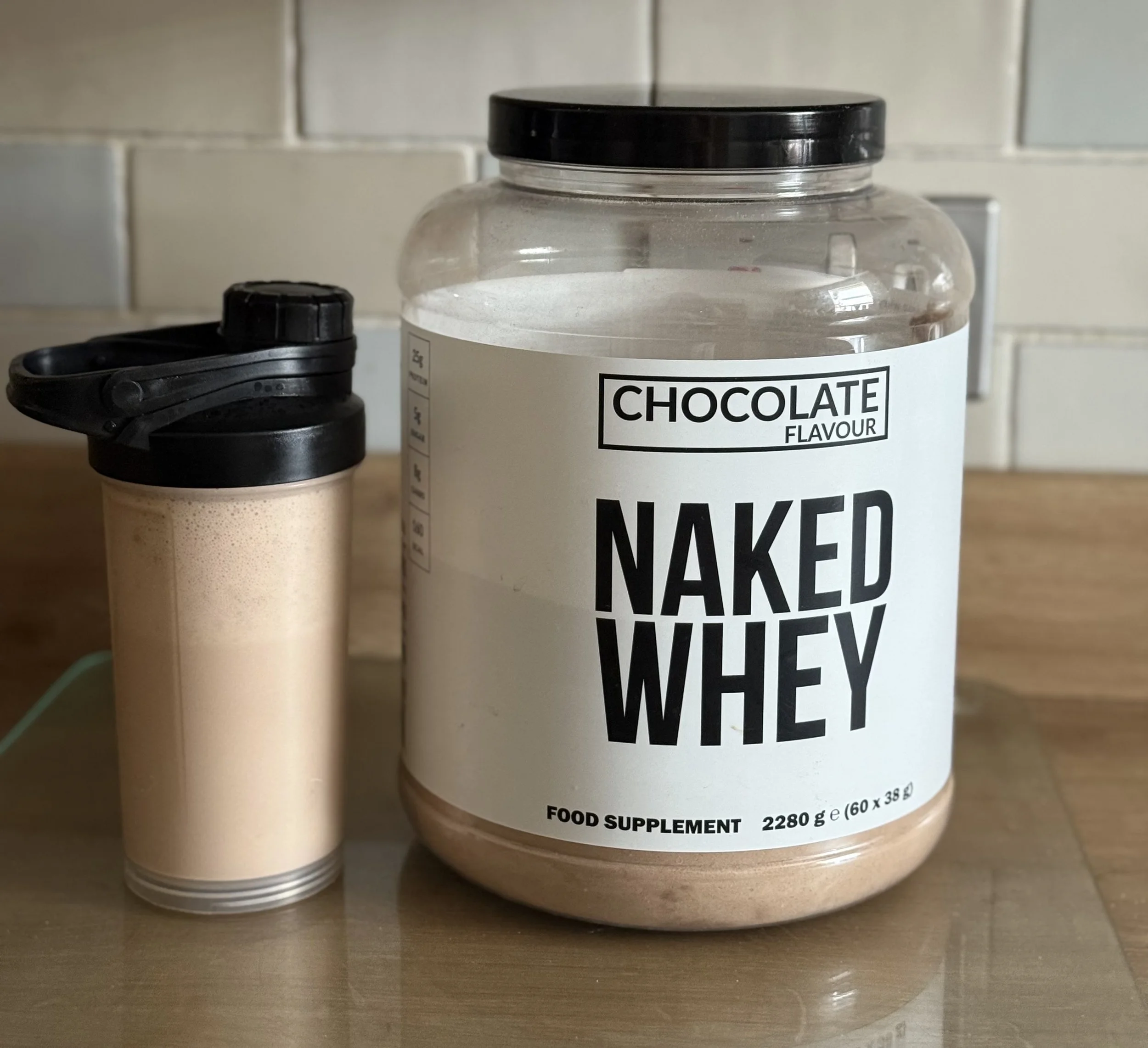
Welcome to my Lifestyle Parenting Blog, where I explore topics related to chronic illnesses such as ME/CFS, chronic pain, and fibromyalgia while embracing a passion for yoga, books, and blogging.

10 Things You Learn About Yourself When Becoming a Kinship Carer / Special Guardian
When I first stepped into the role of kinship carer, later formalised as a Special Guardian (SGO), I thought I had a fairly realistic idea of what to expect. I mean, I’d done the late-night Googling, skimmed the forums, chatted with a couple of people who have similar experience… so surely I was prepared, right?
Yeah. No. Not quite.

The Importance of Having Hobbies When You’re Chronically Ill (and Often Housebound)
I never really understood how much space hobbies take up in a “normal” life until mine shrank down to the size of a bedroom.
Before chronic illness barged in like an uninvited guest who refuses to leave, my life was full of movement. Work, errands, friends, little spontaneous adventures — all the usual things you don’t realise are luxuries until they’re suddenly gone.

When My Energy Dropped, So Did My Tolerance: Living with ME/CFS & Allergies
Before ME/CFS, I never really thought about allergies. Hay fever season would come and go, a bit of sneezing, maybe some watery eyes, but nothing dramatic. I could eat what I wanted, drink what I wanted, and fill my house with scented candles like a normal person.
Now? Not so much. Somewhere along the line, my body decided it hates everything. It’s like my immune system’s taken it upon itself to cause me additional challenges.

Living with the Side Effects of Medication: Chronic Dry Mouth, Nose and Eyes
When people talk about medication side effects, they often mention the obvious ones first: fatigue, nausea, dizziness, and weight gain. What I rarely heard anyone talk about, before I began experiencing it myself, was how profoundly uncomfortable and disruptive chronic dryness can be, dry mouth, dry nose, and dry eyes that linger day after day. It sounds mild compared to the dramatic lists printed on leaflets, but when you’re living with it, dryness can influence everything from your confidence and concentration to your ability to enjoy a meal or get a good night’s sleep

Tiny Humans No More: The Shifting Rhythms of a Growing Household
Our home is busy, noisy, and full to the brim with love. Between my adult children (and their girlfriends) and my teenagers, there’s rarely a quiet moment, and I wouldn’t have it any other way.

Our Kids and AI: Watching a New Digital World Unfold
Lately, I’ve found myself thinking a lot about the world our kids are growing up in. It feels like every year, sometimes every month, there’s some new leap forward in technology, something that changes how we work, learn, communicate, and even how we think. When I look at my children, I realise they’re standing right at the forefront of that change. They’re growing up side by side with artificial intelligence, with technology that’s learning, adapting, and talking back.

Living With Lock Jaw: My Life With Degenerative TMJD
Earlier this year, I was diagnosed with severe degenerative jaw disease (TMJD), I can only open my mouth one finger width. Living in constant jaw pain has changed everything, from talking and eating to smiling. Here’s my story of coping, pain, and finding small moments of relief.

The Unexpected Joys and Realities of Becoming a Kinship Carer / Special Guardian
There are moments in life where you stop, look around, and think, How on earth did I end up here? Recently, it was one of those days for me. My little girl has just turned 13, and while birthdays always bring some reflection, this one feels different. A teenager. A whole new chapter. And I can’t help but sit with the memories of how she came into our lives, and what these 13 years have really meant.

Finding Myself Again Through Chronic Illness
I’ve been on a journey these last six years, a long, exhausting, and painful downward spiral with my health. When I look back, it feels like I’ve been living in survival mode, just trying to get through each day. Along the way, I lost so much of myself.

Review: Naked Nutrition Whey Chocolate Protein Powder
This Has Been One of My Most Exciting Reviews in a While!
Living with chronic illness and chronic pain changes the way you approach everything — from movement to food, to self-care, to supplements. For me, spinal narrowing and mechanical back pain means daily pain, constant fatigue, and the need to be extremely mindful of what I put into my body. I don’t have the luxury of taking chances on mystery ingredients or chasing fads that might do more harm than good. My energy is limited, and so is my tolerance for products that overpromise and underdeliver.

Flare-Ups, Fatigue, and Feeling Forgotten: My Life with Chronic Illness
When I have a flare-up or a relapse, it wipes me out completely. There’s no easing into it, no gentle warning, just a sudden, overwhelming wave that crashes over me and drags me under. In those moments, I’m pretty much housebound and bed-bound. Even staying awake feels like a battle I barely have the strength to fight.

Living with the Side Effects of Medication: A Journey Through Pain Relief
Navigating life with a chronic illness is a mammoth task, made even more challenging when you throw long-term medication into the mix. As someone managing fibromyalgia and Chronic Fatigue Syndrome (ME/CFS), I’ve developed a toxic yet close relationship with my medication. On the surface, they offer hope. Relief. The possibility of feeling “normal,” even for just a few hours.

Listening From the Bed: Love, Laughter, and Life with Chronic Pain
It’s a bright, golden afternoon, the kind that invites the world to come alive. But I’m not part of that lively rhythm—not in the traditional sense. Instead, I’m lying in bed, my body heavy with fatigue and discomfort, the lingering effects of living with chronic pain and illness wrapping around me like a thick fog. The sun spills through the curtains, warm and gentle, a silent witness to the stillness that defines much of my daily life now.

Cleaning Through the Pain: The Hidden Cost of a Tidy Bathroom Cabinet"
So I decided to clean my bathroom cabinet out. It seemed like a small project, something that most people could tackle in a matter of minutes. But for me—living with chronic pain—it turned into a monumental task. What should’ve been a quick chore became a delicate balancing act between determination and self-care.

Understanding the Emotional Impact of Media Misrepresentation of Disability and False Narratives
Over the past few weeks, I've witnessed a troubling shift in how the media portrays chronically ill and disabled individuals. What should be a compassionate dialogue about health struggles has turned into a wave of vilification. We’re no longer seen as victims of our conditions but as scammers or burdens. And it's not just hurtful—it’s dangerous.

Embracing Downtime: The Joy of Watching Live TV and iPlayer
Carving out moments of true downtime is essential in the hustle and bustle of our daily lives, especially for those of us navigating the challenges of chronic illness like me. One of the most important joys in my life and one of my favourite ways to relax and recharge is by sinking into the sofa, remote in hand, ready to immerse myself in a world of engaging storytelling through the TV. It not only serves as entertainment but also as a comforting ritual.
Building Young Minds: How Toys Foster Cognitive, Social, and Motor Skill Development in Children
Playtime is more than just a moment of fun for children—it is a crucial part of their development. Through play, children build cognitive skills, strengthen motor abilities, and develop essential social skills. The right toys act as tools for growth, helping young minds explore their creativity, improve coordination, and learn problem-solving techniques in an engaging and natural way.

I hate How Much This Illness Steals My Life.
I greatly regret and dislike how this Chronic illness of MECFS, Spinal Stenosis, and Fibromylagia dominates my life and takes so much away from me. This past weekend was my youngest brother's wedding. It was a long day, starting early in the morning and returning home quite late. Despite the length of the day, it was truly delightful.

Adventure Awaits! Fun Ways to Get Your Kids Playing Together Outside and Letting Their Imaginations Run Wild
In today’s world of screens and gadgets, getting children to engage in outdoor group play can feel like a challenge. Yet, time spent outside, especially in group play, is fantastic for children’s development – it builds social skills and boosts their creativity and imagination. Here’s how you can encourage your kids to step into an outdoor adventure with friends using tools like trampolines, scavenger hunts, and imaginative games.

